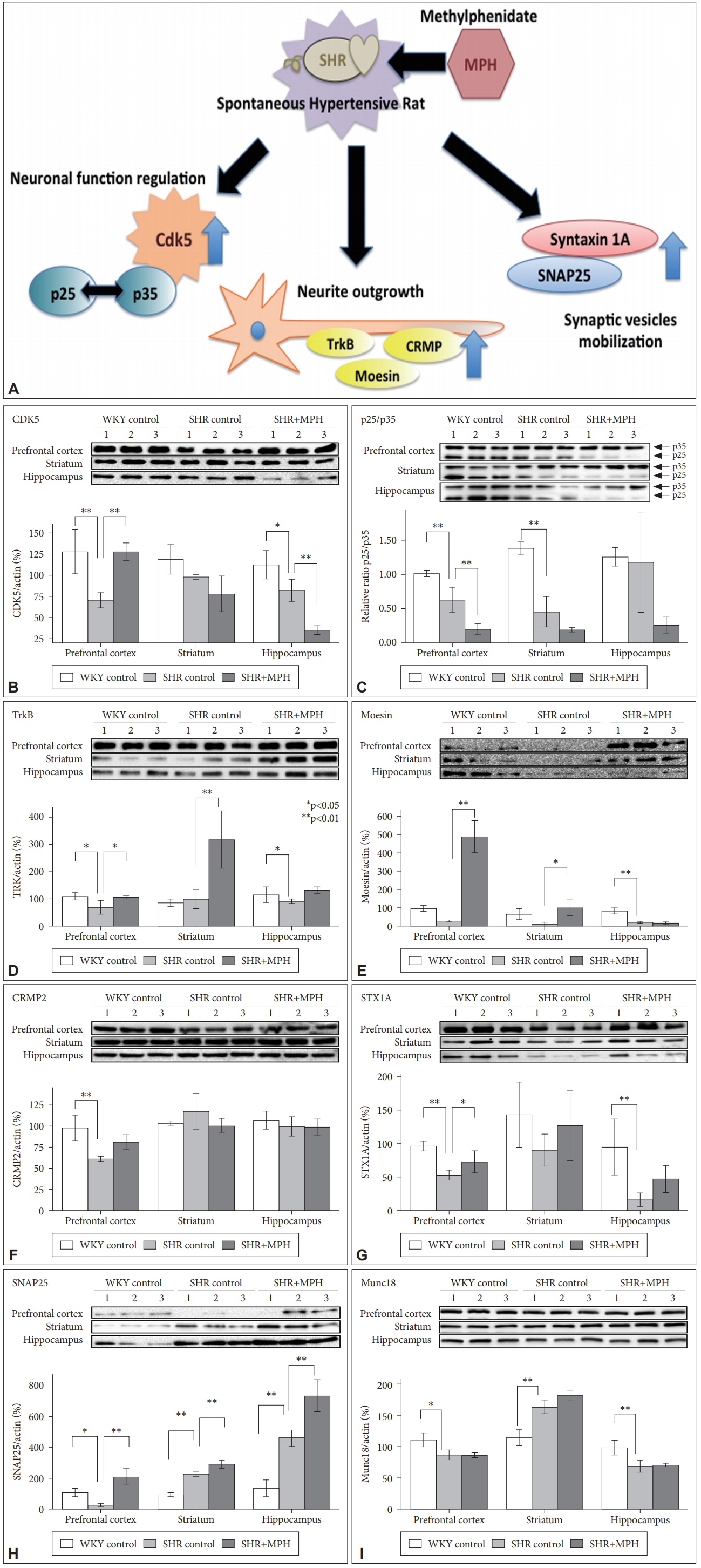 |
 |
- Search
| Psychiatry Investig > Volume 16(7); 2019 > Article |
|
Abstract
Objective
Methods
Results
ACKNOWLEDGEMENTS
The authors have no potential conflicts of interest to disclose.
Author Contributions
Conceptualization: Yeni Kim, Songhee Jeon, Jae Hoon Cheong. Data curation: Yeni Kim, Songhee Jeon, Ha Jin Jeong, Ike dela Peña, Hee Jin Kim. Formal analysis: Yeni Kim, Songhee Jeon, Ike dela Peña. Funding acquisition: Yeni Kim, Bung-Nyun Kim, Doug Hyun Han, Jae Hoon Cheong. Investigation: Yeni Kim, Songhee Jeon, Jae Hoon Cheong, Ike dela Peña. Methodology: Yeni Kim, Songhee Jeon, Jae Hoon Cheong, Ike dela Peña. Project administration: Hee Jin Kim, Seong Mi Lee. Resources: Hee Jin Kim, Seong Mi Lee, Ha Jin Jeong. Software: Hee Jin Kim, Seong Mi Lee. Supervision: Yeni Kim, Bung-Nyun Kim, Doug Hyun Han, Jae Hoon Cheong. Validation: Yeni Kim, Songhee Jeon, Ha Jin Jeong, Seong Mi Lee. Visualization: Ha Jin Jeong, Seong Mi Lee. Writing—original draft: Yeni Kim, Songhee Jeon, Seong Mi Lee. Writing—review & editing: Yeni Kim, Songhee Jeon, Bung-Nyun Kim, Doug Hyun Han, Jae Hoon Cheong.
Figure 1.

REFERENCES







